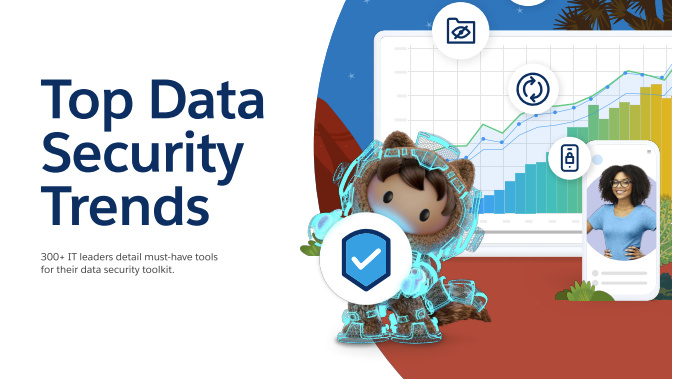App and database protection ‘most effective approach’
Using technology to protect applications and the database, combined with traditional approaches, is the most effective way to prevent breaches, research indicates.


The most effective way to prevent data breaches is to protect applications and databases with the right technology, while sticking with tried and tested methods.
This was the finding of an Imperva survey of more than 1,000 security professionals, which discovered web application firewalls, network data loss prevention, full drive encryption, server hardening and endpoint data loss prevention were the most popular technologies for reducing breaches.
"What we see is that organisations keep investing in more and more security technologies," Imperva chief technology officer Amichai Shulman told IT PRO.
"I think we are seeing organisations using more and more security controls, putting more layers of security in, not just relying on infrastructure security, but adding more data-related security controls."
In the report, the single most prevalent motivation for carrying out data protection initiatives was simply to improve security, Shulman explained.
Compliance was also found to be a key driver, with 88 per cent of respondents saying the Payment Card Industry Data Security Standard was the main motivator for deploying programmes.
Warning signs
Sign up today and you will receive a free copy of our Future Focus 2025 report - the leading guidance on AI, cybersecurity and other IT challenges as per 700+ senior executives
Although the research, which was carried out by analyst firm Securosis, indicated companies are taking security more seriously, there were also some more worrying results.
Almost two-thirds of respondents said their organisations were either unsure if they had been hit by a data breach, or claimed they hadn't been affected at all.
"For me, if they don't know or claim they had no incident, it is basically the same. It shows that they really don't know," Shulman added.
"It clearly shows that they don't have the security controls in place even to be aware of data breaches."
Another concerning sign is that malicious intentions were behind 62 per cent of breaches at respondents' firms, 33 per cent from insiders and 29 per cent from outside hackers. The rest were accidental.
Tom Brewster is currently an associate editor at Forbes and an award-winning journalist who covers cyber security, surveillance, and privacy. Starting his career at ITPro as a staff writer and working up to a senior staff writer role, Tom has been covering the tech industry for more than ten years and is considered one of the leading journalists in his specialism.
He is a proud alum of the University of Sheffield where he secured an undergraduate degree in English Literature before undertaking a certification from General Assembly in web development.
-
 Can enterprises transform through startup theory?
Can enterprises transform through startup theory?In-depth For big corporations, the flexibility, adaptability, and speed of a startup or scale-up is often the total opposite of what’s possible within their own operations
-
 AI is creating more software flaws – and they're getting worse
AI is creating more software flaws – and they're getting worseNews A CodeRabbit study compared pull requests with AI and without, finding AI is fast but highly error prone
-
 Tech leaders worry AI innovation is outpacing governance
Tech leaders worry AI innovation is outpacing governanceNews Business execs have warned the current rate of AI innovation is outpacing governance practices.
-
 Top data security trends
Top data security trendsWhitepaper Must-have tools for your data security toolkit
-
 SEC data breach rules branded “worryingly vague” by industry body
SEC data breach rules branded “worryingly vague” by industry bodyNews The new rules announced last week leave many questions unanswered, according to security industry experts
-
 P2PInfect self-replicating Rust worm discovered attacking Redis instances
P2PInfect self-replicating Rust worm discovered attacking Redis instancesNews Researchers believe that the worm could be laying the groundwork for a larger campaign to be launched at some point in the future
-
 The gratitude gap
The gratitude gapWhitepaper 2023 State of Recognition
-
 Redefining modern enterprise storage for mission-critical workloads
Redefining modern enterprise storage for mission-critical workloadsWhitepaper Evolving technology to meet the mission-critical needs of the most demanding IT environments
-
 MWC 2023: Huawei launches 'world's best' ransomware detection system
MWC 2023: Huawei launches 'world's best' ransomware detection systemNews Huawei claims its Cyber Engine database security system has a 99.9% detection rate, but experts have been quick to weaken the sentiment
-
 Dutch hacker steals data from virtually entire population of Austria
Dutch hacker steals data from virtually entire population of AustriaNews The data was stolen from a misconfigured cloud database found by the attacker through a search engine
